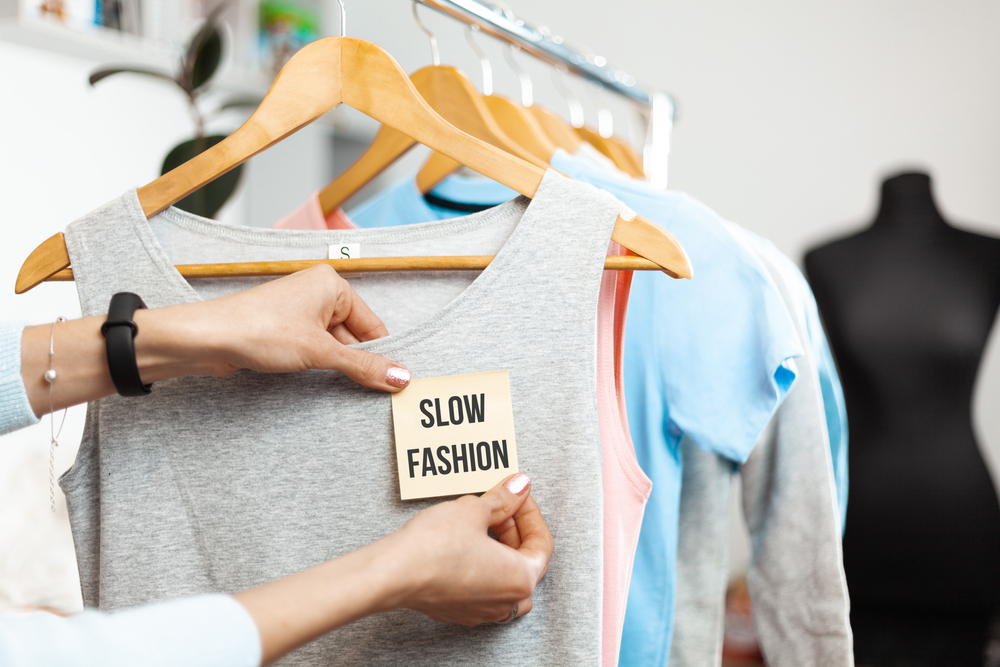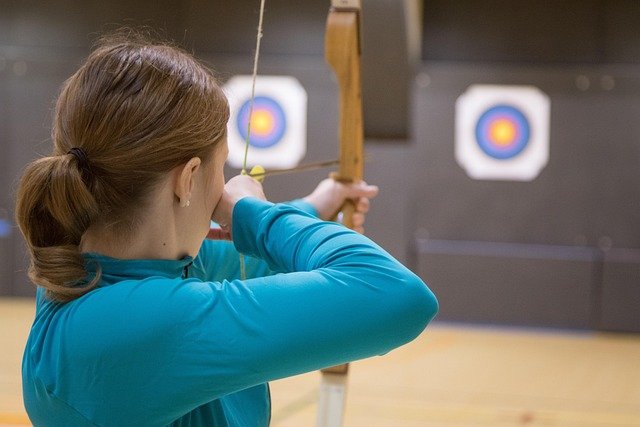The Silent Revolution of Slow Fashion
In a world of fast-paced trends and disposable clothing, a quiet rebellion is taking shape. Slow fashion, a movement that challenges the very foundations of our modern shopping habits, is gaining momentum among style-conscious consumers. This approach to fashion isn't just about slowing down; it's about reimagining our relationship with clothes, quality, and consumption. Let's delve into the world of slow fashion and discover how it's reshaping the industry landscape.

The Antithesis of Fast Fashion
To understand slow fashion, we must first grasp its counterpart: fast fashion. The latter emerged in the 1990s, characterized by rapid production cycles, trend-driven designs, and low prices. While this model democratized fashion, it also led to environmental degradation, poor working conditions, and a throwaway culture. Slow fashion stands in stark contrast, emphasizing durability, timelessness, and ethical production.
Quality Over Quantity: The Slow Fashion Ethos
At its core, slow fashion is about investing in fewer, better-quality pieces that stand the test of time. This approach encourages consumers to view their wardrobe as a curated collection rather than a constant rotation of disposable items. Brands embracing this philosophy often use high-quality materials, employ skilled artisans, and create designs that transcend seasonal trends.
The Environmental Impact
One of the most compelling arguments for slow fashion is its reduced environmental footprint. The fashion industry is notorious for its resource consumption and pollution. Slow fashion addresses these issues by promoting longevity in clothing, reducing waste, and often incorporating eco-friendly materials and production methods. This shift not only benefits the planet but also aligns with the values of increasingly environmentally conscious consumers.
The Human Element: Fair Labor and Artisanal Skills
Slow fashion places a strong emphasis on the people behind the clothes. This includes fair wages, safe working conditions, and the preservation of traditional craftsmanship. By valuing the human element in fashion production, slow fashion brands often create deeper connections between consumers and makers, fostering a sense of appreciation for the skills involved in creating clothing.
The Economics of Slow Fashion
While slow fashion items often come with a higher price tag, they challenge the notion of “cost per wear.” By investing in durable, versatile pieces, consumers may actually save money in the long run. This shift in perspective requires a reevaluation of our shopping habits and the true value we place on our clothing.
Embracing Slow Fashion: Practical Steps
-
Audit your wardrobe: Identify gaps and versatile pieces you truly need
-
Research brands: Look for transparency in production and materials
-
Invest in quality: Choose well-made items that will last for years
-
Learn basic mending: Extend the life of your clothes with simple repairs
-
Embrace second-hand: Explore vintage and consignment shops for unique finds
-
Practice mindful shopping: Ask yourself if you really need an item before purchasing
As we navigate the complex world of fashion, slow fashion offers a refreshing alternative to the relentless cycle of trends and consumption. It invites us to slow down, appreciate craftsmanship, and make more conscious choices about what we wear. While it may not completely replace fast fashion, the growing popularity of slow fashion signals a shift in consumer values and a desire for a more sustainable, ethical approach to style. As we move forward, the principles of slow fashion may well become the new standard in an industry ripe for change.





